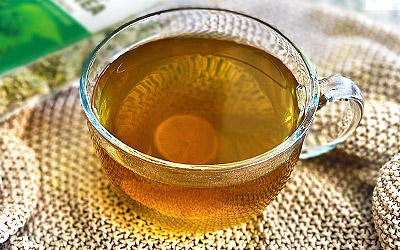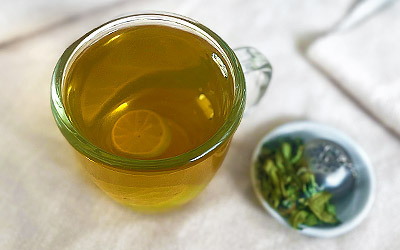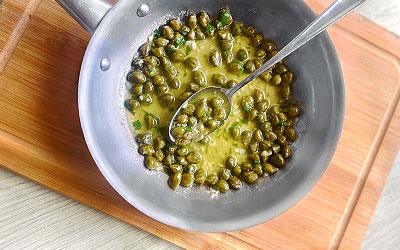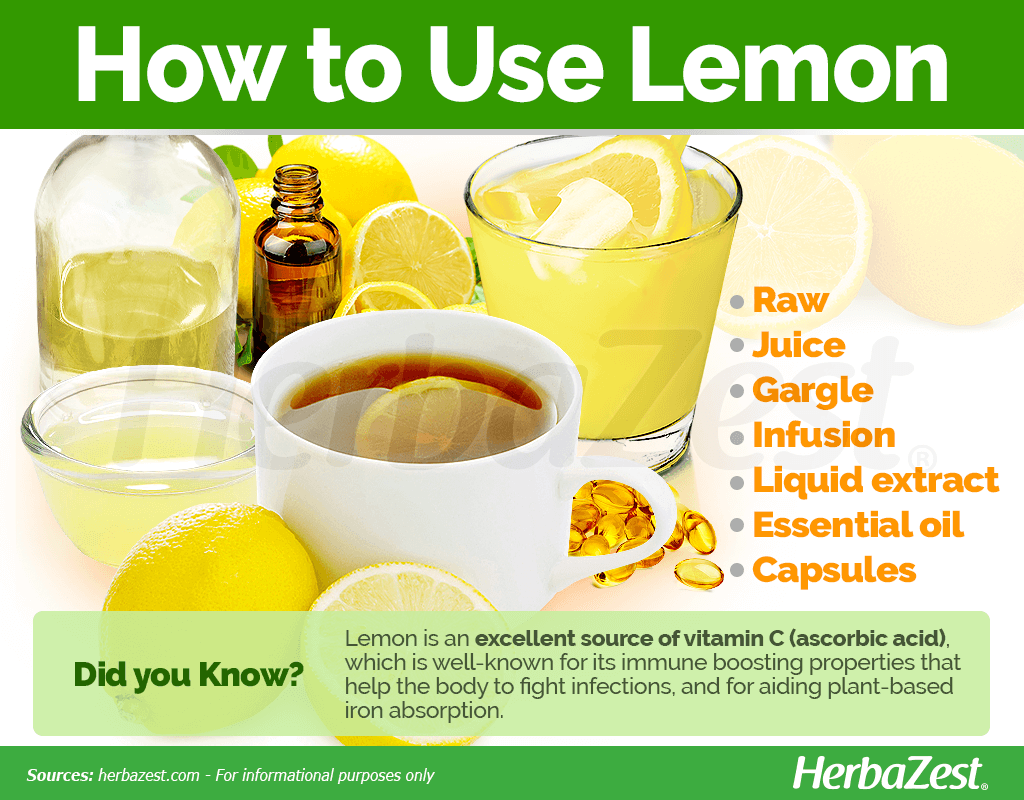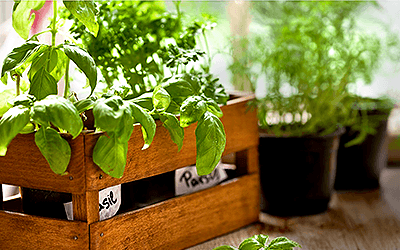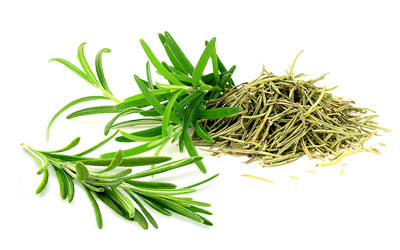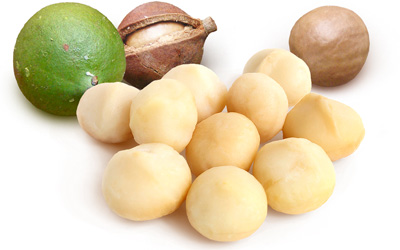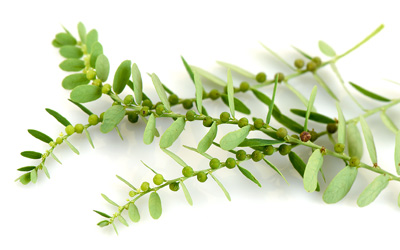Lemon is believed to be native to the subtropical and tropical regions of Asia. It is an attractive garden tree that grows acid citrus fruits, with appealing color, fragrance, and flavor. The peel and pulp of the lemon fruit have been used for both culinary and medicinal purposes for centuries.
Lemon Medicinal Properties
- Medicinal action Antibacterial, Immunostimulant
- Key constituents Vitamin C, citric acid, 8-geranyloxypsolaren, d-limonene
- Ways to use Cold infusions, Decoctions, Hot infusions/tisanes, Liquid extracts, Food, Freshly ground, Juiced, Syrup
- Medicinal rating (3) Reasonably useful plant
- Safety ranking Safe
Health Benefits of Lemon
The antibacterial and immune stimulant properties of lemon have led to fruit to many medicinal uses. Lemon has been traditionally used for:
Treating scurvy (vitamin C deficiency). Lemon's high vitamin C content made it ideal for staving off scurvy on long sea voyages.
Preventing colds and flu. The high antioxidant content in lemon can help it stave off sickness and increase white blood cell count.
Relieving stress and fatigue. A traditional aromatherapy, lemon is thought to relax the body.
In addition, many recent studies have shown lemon can be used for:
Treating anemia. Lemon can help improve iron absorption, which can help people with anemia.
Alleviating canker sores and oral bacterial infections. Lemon is often found in mouthwash because of this ability. The antioxidants in it enhance the immune system and stimulate white blood cell production, which can help fight infections.
Traditionally, lemon has been used to improve digestion, relieve nausea, diarrhea, and headaches, as well as for stimulating liver function and appetite.1
How It Works
The oil from lemon peel contains certain antibacterial compounds, such as 8-geranyloxypsolaren, which is partly responsible for lemon's effectiveness in treating the symptoms of colds and cough, as well as for inhibiting the oral bacteria that causes dental caries and gum diseases.2
In spite of its acid content, and thanks to its high levels of limonene, lemon has an alkaline effect when taken orally, making it useful for treating inflammatory conditions, such as arthritis, where an excess of acidity is a contributory factor.3
Contained in lemons, as well as in other citrus fruits, limonene acts like a natural solvent of cholesterol and has been used clinically to dissolve cholesterol-containing gallstones. Because of its gastric acid neutralizing effect and its support of normal peristalsis, it has also been used for relief of heartburn and gastroesophageal reflux (GERD).4
Lemons' citric acid is an important compound in fuel metabolism. It plays a role in turning carbohydrates into energy that cells can use. For this reason, citric acid can help reduce feelings of fatigue and mitigate stress.5
Sesquiterpenes are what give lemons their distinct citrus aroma.
Camu camu is the best-known natural source of vitamin C (ascorbic acid), but kiwi and orange also provide good amounts of this important nutrient.
Lemon Side Effects
Lemon has no real side effects other than those associated with citrus allergies. However, in such cases, lemon consumption can be very dangerous, since repeated consumption may trigger a potentially lethal anaphylactic shock. Nevertheless, citrus allergies are fairly rare and, because of cross contamination, often mistaken for other allergies, such as nuts or dairy.

Lemon Nutrition
Lemon is an excellent source of vitamin C (ascorbic acid). This antioxidant vitamin is responsible for most of lemon's immune boosting properties as well as for the stimulation of white blood cell production, which helps the body to fight infections.
The ascorbic acid in lemons also plays an essential role in regenerating vitamin E from its oxidized form, and improving iron absorption.
Other important nutrients provided by lemons, although in small amounts, are iron, potassium, copper, and B-complex vitamins.
A single lemon fruit (58 g) provides 17 calories, along with 2% and 6% of the daily value for carbohydrates and dietary fiber, respectively.
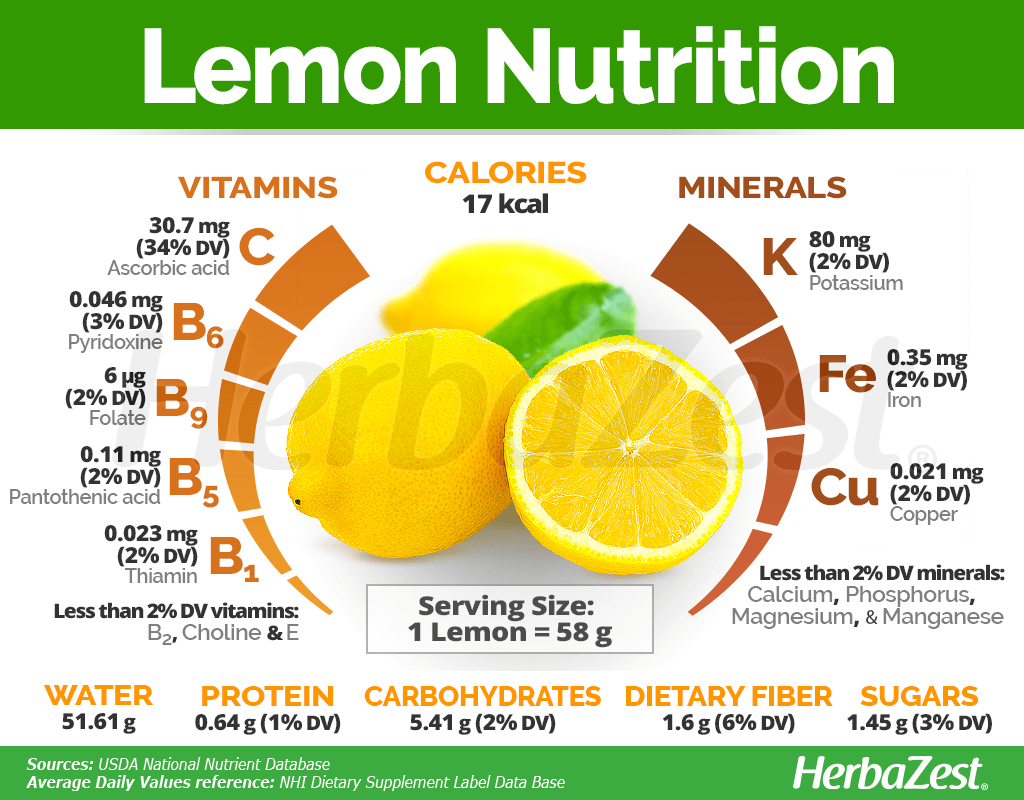
How to Consume Lemon
Lemon can used as an ingredient for salad dressings and refreshing beverages. Although it loses its antioxidant properties when cooked, lemon can be used to marinate seafood dishes, pasta, and all kind of meats, where it will provide its beneficial, aromatic oils.
Consuming lemon in its natural forms is a great way of reaping its immune boosting properties; however, in remedial forms lemon concentrates its antibacterial benefits and has a variety of medicinal applications. Most of lemon remedies involve the use of the peel, since it is the source of lemon oil, pectin and citric acid; however, lemon pits and leaves also have medicinal applications.
Drinking fresh lemon juice mixed it with honey is a very popular remedy to relieve the symptoms of cold and scurvy.
Natural Forms
Raw. Chewing lemon leaves is a traditional way of calming cough, stimulating bile flow, and relieving vomiting.
Juiced. Lemon juice is good for colds, flu, and upper respiratory infections. It also stimulates liver function, digestion, and appetite, as well as helping with iron absorption when consumed with meals.
Gargle. When mixed with hot water, the juice of lemon can be gargled to relieve sore throat, canker sores, an gingivitis.
Infusion. The essential oils in lemon juice retain their antibacterial qualities when mixed with hot water. Drinking a warm lemon infusion is an effective way of treating the symptoms of common cold and flu.
Herbal Remedies & Supplements
Liquid extract. Lemon peel extract can be applied topically in order to relieve canker sores, scurvy, gingivitis, and other oral problems.
- Essential oil. Obtained through pressing the lemon peel, this remedial form can be used both orally and topically, for treating canker sores and skin conditions, such as acne.
- Capsules. The ascorbic acid of lemons can also be found in many dietary supplements.
Growing
- Life cycle Perennial
- Harvested parts Fruit
- Soil Loamy sand
- Soil pH 6.6 – 7.3 (Neutral)
- Growing habitat Subtropical regions
- USDA Plant Hardiness Zones 9a, 9b, 10a, 10b, 11a, 11b
- Plant spacing average 5 m (16.4 ft)
- Potential insect pests Aphids, Moths
- Potential diseases Phytophthora spp.
Growing Guidelines
- Lemons grow best in tropical, semitropical and temperate climates. Leaves will fall at 22 - 24°F (-6 to -4°C), and at 20°F (-7°C) the trunk will be severely damaged. Flowers and young fruits die around 29°F (-2°C), and nearly mature fruits will be badly damaged below 28°F (-2°C).
- Thanks to a shallow root system, lemon trees have prospered year-round all over the world in all types of soil, as long the range of pH is 5.5 - 6.5. If acidity is high, it is necessary to apply lime to achieve the optimum level.
- Lemon trees require very good water drainage and adequate irrigation.
- Lemon trees are widely grown from seed, although some varieties are propagated by root cuttings.
- Lemon trees should be spaced 25 feet (8 m) apart each way. If crowded or "hedged", production declines.
- The trees must be pruned when young and kept below 10 - 12 feet (3 - 4 m) in height.
- Lemon trees are very sensitive to herbicides, so weeds need to be carefully controlled.
- Most common pests of lemon trees are scales and mites. In California, young lemon trees sometimes requires protection from wild rabbits.
- Lemon trees are also susceptible to a variety of diseases, such as branch knot, damping-off, leaf spot, green scurf, tar spot, felt fungus, root rot, and a variety of molds.
Detailed information about growing lemons can be found in the herb garden section.
Additional Information
Plant Biology
Lemon tree is a perennial than can reach 10 - 20 feet (3 - 6 m) in height and usually has sharp thorns on the twigs. Its glossy leaves are reddish when young and become dark green, 2.5 - 4.5 inches (6 - 11 cm) long. The white and purplish, mildly fragrant flowers of lemon can bloom solitary or more clustered in the leaf axils, have four to five petals approximately one inch (2 cm) long, and around 20 - 40 united stamens with yellow anthers.
Lemon fruit is round shaped with a nipple-like protuberance at the apex, and is 2 - 4 inches (5 -10 cm) long. Lemon fruit color can go from light yellow to bright and dark green.
Classification
Scientifically known as Citrus limon, the lemon is part of the Rutaceae or citrus family, and it is thought to be a hybrid between the sour orange and citron fruits. Lemon trees range in form and size from herbs and shrubs to full-grown trees, and their flowers are white tinged with purple before ripening into fruit form. Several varieties exist, though some are more commercially produced than others. The lemon's fruit and peel are the most useful and harvested parts.
Varieties and Cultivars of Lemon
There is a myriad of varieties of lemon, many of which are considered hybrids with other citrus fruits. Only in the U.S. there are more than 21 commercial cultivars of lemon, but some of the most popular ones are:
'Eureka', also known as 'four seasons' because it grows year-round.
'Meyer', which has a slightly sweeter flavor than other commercial cultivars.
'Ponderosa', which produce few, but juicy and very large fruits at a time, often as big as a sweet orange.
'Sorrento', an Italian cultivar, famously known for being used to produce a citrus liqueur called limoncello.
Historical Information
The citrus fruit made its way to Europe via southern Italy during the 1st century CE, even though ancient Romans did not cultivate it widely. Afterwards, it traveled through Persian and Arabian societies, where it gained esteem. Christopher Columbus is credited with completing the lemon's global tour, as he brought it with him to America in 1493, and a few centuries later, in 1747, James Lind used it to cure scurvy in vitamin C-deficient sailors, though information about lemon and its nutritious properties were still misunderstood.
Economic Data

These days, lemon is a worldwide staple and one of the most important crops currently grown. It's primarily used in food and beverage preparation, as a garnish, or as the main ingredient featured in several ethnic cuisines, but other important industries such as perfumery, personal care, and cleaning also utilize the fruit. In addition, herbal medicine lauds lemon as an additive in nutritional supplements for its vitamin C and other antioxidants. Around 16% of the world's lemon production comes from India, though Spain and South America also benefit from its cultivation.
Other Uses of Lemon
- Cleaning. Besides its physical benefits, lemon is also a great cleaning agent. The fruit's juice can brighten cookware, deodorize, remove grease, disinfect, and dissolve grime, making it an ideal component in sanitary products as well as home remedies.
- Perfume. Perfumes are sometimes scented with its aroma, as it is associated with cleanliness and freshness.
- Timber. The wood is fine-grained, compact, and easy to work. In Mexico, it is carved into chessmen, toys, small spoons, and other articles.
- Power. Scientific studies reveal that lemon can be a possible source of electricity by attaching it to electrodes.
Sources
- A Treatise on the Scurvy
- Drugs Under Experimental and Clinical Research, Oxidative stress and antioxidants at skin biosurface: a novel antioxidant from lemon oil capable of inhibiting oxidative damage to the skin, 1999
- Fruits of Warm Climates, Lemon, pp. 160–168
- Journal of Endourology, Quantitative Assessment of Citric Acid in Lemon Juice, Lime Juice, and Commercially-Available Fruit Juice Products, 2008
- Linus Pauling Institute, Vitamin C
- The Plant Journal, Citrus fruit flavor and aroma biosynthesis: isolation, functional characterization, and developmental regulation of Cstps1, a key gene in the production of the sesquiterpene aroma compound valencene, 2003
- Encyclopedia of Herbal Medicine, p. 85
- USDA Nutrient Database, Basic Report: 09150, Lemons, raw, without peel
- Medicinal Plants of the World, p. 107
- Alternative Medicine Review, D-Limonene: safety and clinical applications, 2007
Footnotes:
- Antioxidants (Basel). (2022). Ginger (Zingiber officinale Roscoe), Lemon (Citrus limon L.) Juices as Preventive Agents from Chronic Liver Damage Induced by CCl4: A Biochemical and Histological Study. Retrieved November 22, 2022 from: https://www.ncbi.nlm.nih.gov/pmc/articles/PMC8869411/
- Journal of Food Science and Technology. (2011). Isolation and extraction of antimicrobial substances against oral bacteria from lemon peel. Retrieved November 22, 2022 from: https://www.ncbi.nlm.nih.gov/pmc/articles/PMC3551112/
- PLoS One. (2016). Anti-Inflammatory Properties and Chemical Characterization of the Essential Oils of Four Citrus Species. Retrieved November 22, 2022 from: https://www.ncbi.nlm.nih.gov/pmc/articles/PMC4835072/
- Preventive Nutrition and Food Science. (2018). Antioxidative and Cholesterol-Lowering Effects of Lemon Essential Oil in Hypercholesterolemia-Induced Rabbits. Retrieved November 22, 2022 from: https://www.ncbi.nlm.nih.gov/pmc/articles/PMC5894780/
- Journal of Clinical Biochemistry and Nutrition. (2007). Effects of Citric Acid and l-Carnitine on Physical Fatigue. Retrieved November 22, 2022 from: https://pubmed.ncbi.nlm.nih.gov/18299720/


